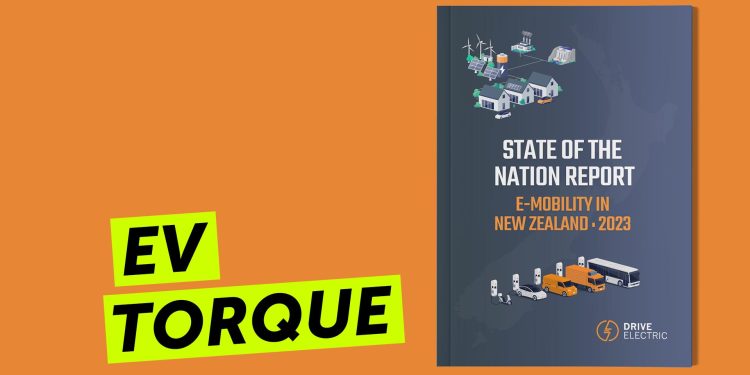EV Torque – State of the EV Nation
Words: Mark Gilbert
The country’s first State of the Nation report on E-mobility was released by Drive Electric recently, setting out where New Zealand is at in regard to the transition to electric transport.
By electrifying the transport system, we will achieve energy independence for our country, lowering energy costs for businesses and families, and this will also contribute to environmental improvements.
The report sets out our progress to date, which is quite remarkable given where we were at only five years ago. Globally EV sales have increased 730 per cent since 2017. In 2022 there were 343 electric models available worldwide.
Projections show that EVs could comprise 36 per cent of the global light vehicle market by 2030. I wouldn’t be surprised if it’s more than that.
In New Zealand, the light EV fleet has increased almost 10-fold in the last five years. At the moment, we look like we’re on track under current settings to have more than two million EVs on our roads by 2035.
The report shows that Wellington has the highest market share of EV registrations (perhaps with a little help from government fleets), and Canterbury has the highest number of public chargers.
This progress goes beyond our private cars; 24 per cent of all bus registrations in New Zealand were electric in 2022.
There are some green shoots in our marine sector too, with electric ferries docking in Wellington and Auckland. And we could see electric planes carrying passengers in our skies as early as 2026.
But we can’t confuse progress with having the job done.
EVs remain at around two per cent of the light fleet. We’ve seen that the Clean Car Programme has really contributed to this progress.
It’s a policy that has driven down the price of EVs for New Zealanders and attracted greater supply to New Zealand. The Clean Car Programme has provided more than 100,000 rebates and reduced the average emissions of newly registered vehicles by 21 per cent.
To reach our climate and transport targets we are going to need policies to get more people into EVs, while the sticker price is still higher than an ICE vehicle’s.
We need to get more cars into the secondhand fleet as well, so that more New Zealanders can access these vehicles.
The easiest way to do this is through our own private vehicle ownership and fleets. As the report shows, no big offshore market of secondhand EVs really exists.
In 2022, there were only about 5500 secondhand BEV and PHEV imports.
Charging infrastructure underpins all forms of e-mobility, and we need to rapidly increase the availability of public charging and encourage households and businesses to adopt smart charging technology.
As we electrify, it follows that we’ll need more electricity. Demand for renewables could be 60-70 per cent higher by 2050. Meeting this uptick is possible; since 1996 we have added enough generation capacity to our energy system to support two to three complete EV fleets.
Our energy infrastructure also needs to be incentivised to unlock electrification. Our electricity networks need to be given direction from their regulators to enable this change.
Fundamentally, electrification is a huge economic benefit to the country. Every year New Zealanders are spending $8b-$9b on imported petrol or diesel.
Those who drive petrol and diesel cars know that the prices are only heading in one direction. Let’s spend that money in New Zealand on cleaner energy and save money.
If we electrify, it’s forecast that by 2035 a household with two EVs will have 51 per cent lower energy bills.
Now that’s a cost of living saving.
This article first appeared in the November 2023 issue of NZ Autocar magazine.





